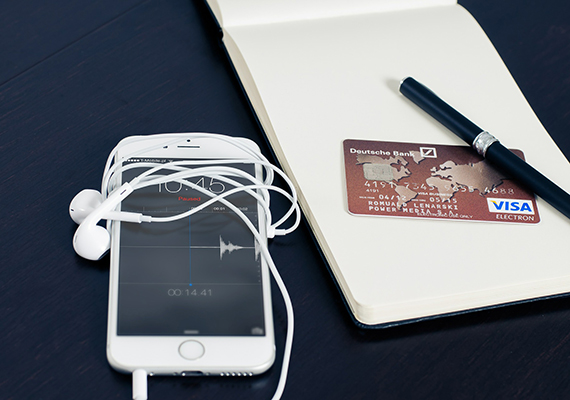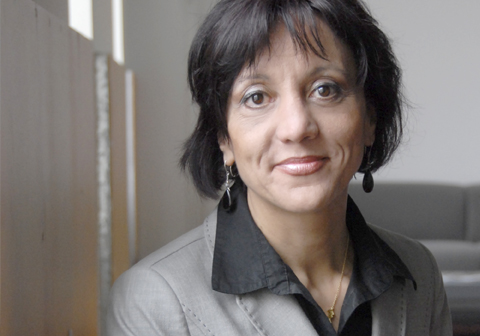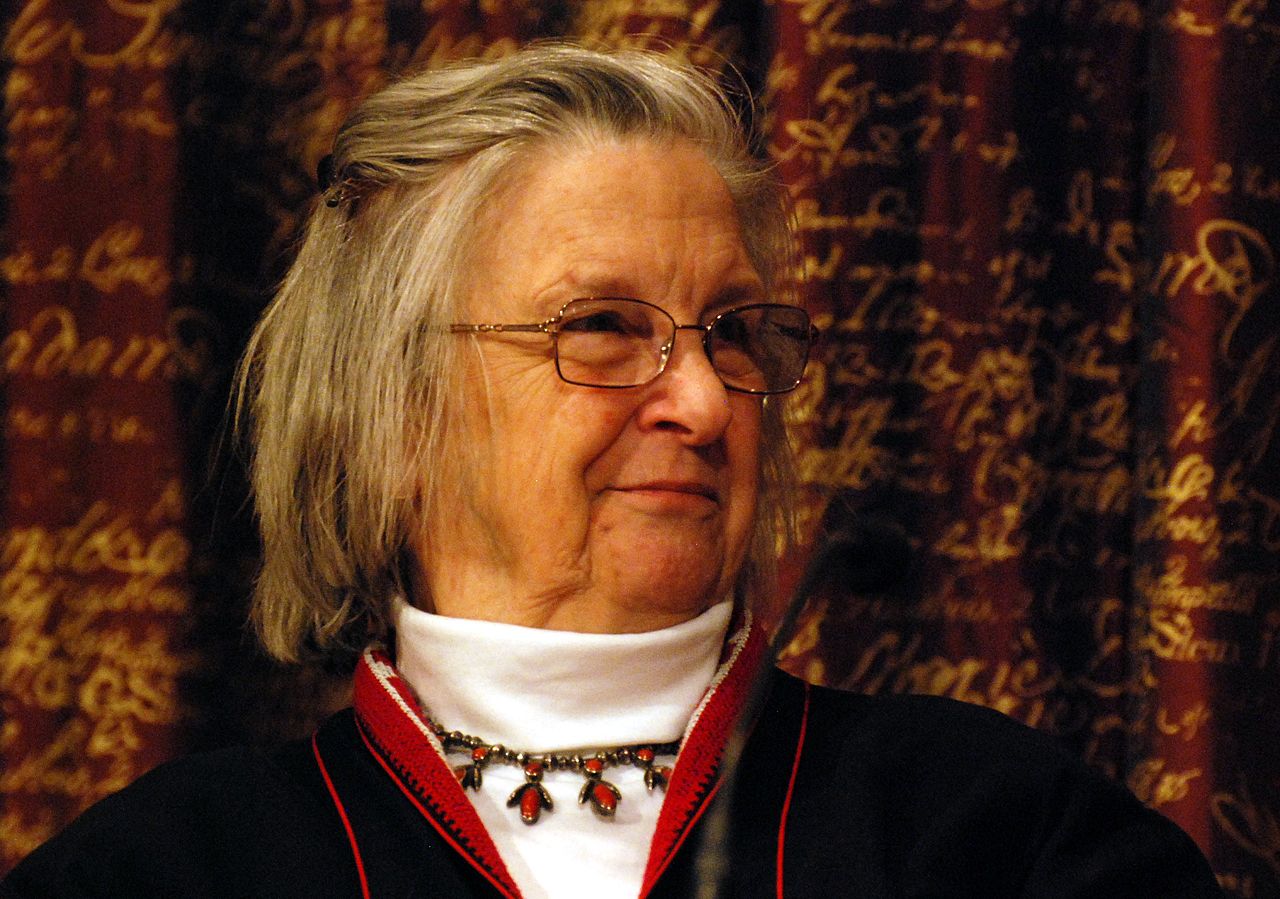
A study conducted by consulting firm Stiga shows a rapid increase in digital and mobile banking, at the expense of traditional banking.
15 april 2016
Step by step, Spain is catching up to the rest of Europe when it comes to digital banking. According to a study conducted by Stiga consulting services about customer satisfaction in the financial sector, only 45.5% of users of Spanish banks exclusively use traditional banking, a 15% decrease compared to last year´s study.
The number of users who employ some banking alternative (defined as Internet, mobile banking and telephone banking) represent more than half of the population for the first time, acknowledging the effort made my financial entities to advance towards digital formats.
What stands out in the study is the increasing usage of mobile banking. One of every 5.5 customers (18.3%) makes use of some finance application (those of la Caixa, BBVA and Santander exceed a million downloads). Even though this is still a minority, it shows a rise of more than 50% compared with the study from 2014.
Nearly 1 out of every 5 Spaniards has abandonned in-person, traditional banking channels (ATMs and financial advisers) for alternative methods, such as mobile or internet banking.
A rise was reported in almost all financial service channels. The use of Internet rose in the last year by about 15%, resulting in 47.9% of banks’ clients. There was also a slight increase in the use of consulting, cash machine and telephone banking. The only reduction was seen in the percentage of clients who go to the office in person, falling from 79% to 75,5%, although it is still the preferred way to access financial services in Spain.
The general profile of the customers is more or less the following:
- 45.5% only use traditional banking methods (office, financial advisor, cash machine/ATM)
- 40% describe themselves as “Multichannel”: they use at least one of the traditional ways (office, financial advisor) as well as one of the alternative formats (Internet, mobile, telephone).
- 14.5% have completely given up using traditional banking methods (ATMs not included) and substituted them with alternative methods.
This comes months after a study by IEM (an associate centre of Complutense University of Madrid) calculated that Spain will not reach the percentage of Internet banking users present in countries like Denmark until the year 2050.
The study contributes other important data about financial services. The degree of satisfaction with their financial entities that Spaniards report has stayed almost the same, at about 7.15 out of 10, showing a small rise of 0.4%
However, the alternative client continues to be the most critical, giving an average rating of 6.59 - 0.03 fewer points compared with last year. A sign of the improvements that can still be made in the field of digital banking.
In the detailed sections of the report, the only service that is poorly rated is Interest rates, with a rating of 4.13. The highest rated banking service are Financial Advisors (8.2), although Privacy and Discretion (8.26) and Treatment (8.23) are also generously rated. None of these categories is rated lower than 7.68.
“Benchmarking of customer satisfaction in the financial sector” is an annual report which is published by the consulting firm Stiga with the goal of obtaining information regarding the measurement of satisfaction of the clients of banks in Spain. For this report, 17,375 clients over the age of 18, living in Spain, have been surveyed via telephone. They are customers of the 17 main banks in Spain.











